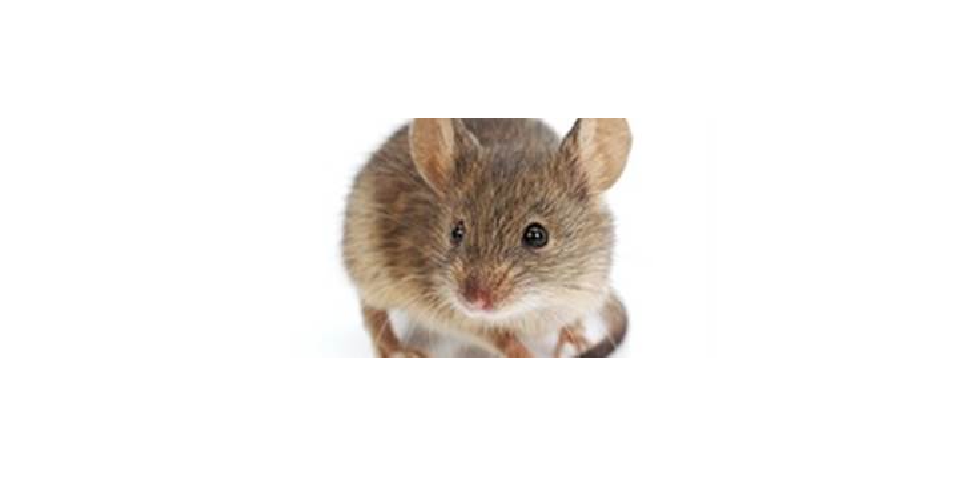SIGNS THAT YOU NEED TO PREVENT RAT INFESTATION

Droppings
One of the early signs of the presence of rats are their droppings. A rat infestation inside your house can be detected or removed by closely examining dark corners and wall bases for rat feces. The size of rat droppings are between half inch to three quarter inches and they have a slight sheen and dark color. Also depending on the species of rat involved, droppings can be found singly or in groups. Over time, droppings end up turning grey in color and have a crumbly consistency.
Urine
Another sign of rat domination are urine trails or puddles and “grease” stains on walls and floors. These stains are a result of natural oils and dirt on the rats’ fur rubbing on surfaces they step foot on. Small hardly distinguishable stains are the work of a mice as rats leave larger stain on surfaces. Rat urine leaves behind a musty scent, most noticeable in small enclosed spaces.
Evidence of gnawing
Rats are helpless nibblers who can bite through almost everything but glass, metal and thick plastic containers. Even if droppings are not evidently visible, and if you happen to see chew marks on your food boxes or sacks, you can be sure of a rat or mouse infestation.
Rats are also known for gnawing into non-food items such as soap. If a rodent is attracted to the smell of an item, they will start nibbling on it. They are also highly renowned for chewing through plastic water pipes. Carefully examine the areas around any pipes or faucets to check for signs of chewing.
Rats have teeth that always keep growing; they keep gnawing on non-edible materials to wear their teeth down. Wood is a hot favourite target of rats. Sometimes teeth marks are evidently visible on exposed wooden surfaces; the newer areas will appear white in colour, exposing the untreated wood beneath the surface. With age these marks darken, so you are able to distinguish new markings from the old. Even when obvious gnaw marks are not to be seen, sawdust and small chunks of wood near baseboards indicate the presence of a rat colony.
Sound
Another, most overlooked sign of rat infestation is sound. Rats are animals that stay awake all night and tend to be busy with whatever they do when humans are sleeping. Nevertheless, the alert house owner should be able to hear squeaks, scratching, rustling and scampering sounds as the rat roams around in search of food and build their nests. Keep an ear open to listen to these sounds before bedtime can help in confirming the rat theory.
Nesting
Rats like to find solace in warm, dry, unconventional places including boxes, inside cabinets, behind dressers, and even inside the casings of computer towers. They are also capable of climbing up into the insides of furniture to nest in the stuffing.
Pay attention to your Pets
The presence of rats can add more excitement among household pets. If your dog or cat is seen spending time listening intently or pawing at baseboards and walls, there are high chance that they are responding to the activity of the rats hiding inside the structures. They also tend to react to the odor of unseen rodents, although they may get alerted by the old rat smells as well as the most recent ones.
Rat trails
In dusty areas, prints of rat paw may be visible along baseboards and walls. At places where dust accumulation is not possible, one can test for rat presence by sprinkling talcum powder next to baseboards, leaving it for certain days. If rats or mice end up travelling along these paths, the talcum powder will act as an evidence of their habitual traffic.
Incidentally, investigation for rat infestation should not be restricted to interior spaces alone. Food gardens or agricultural fields close to your house can attract rats. Plants and fruits should be checked for signs of gnawing, and the soil surrounding the plants should be checked for rat droppings. Outside structures that are used to storage of grains should be regularly checked for evidence of rats.
